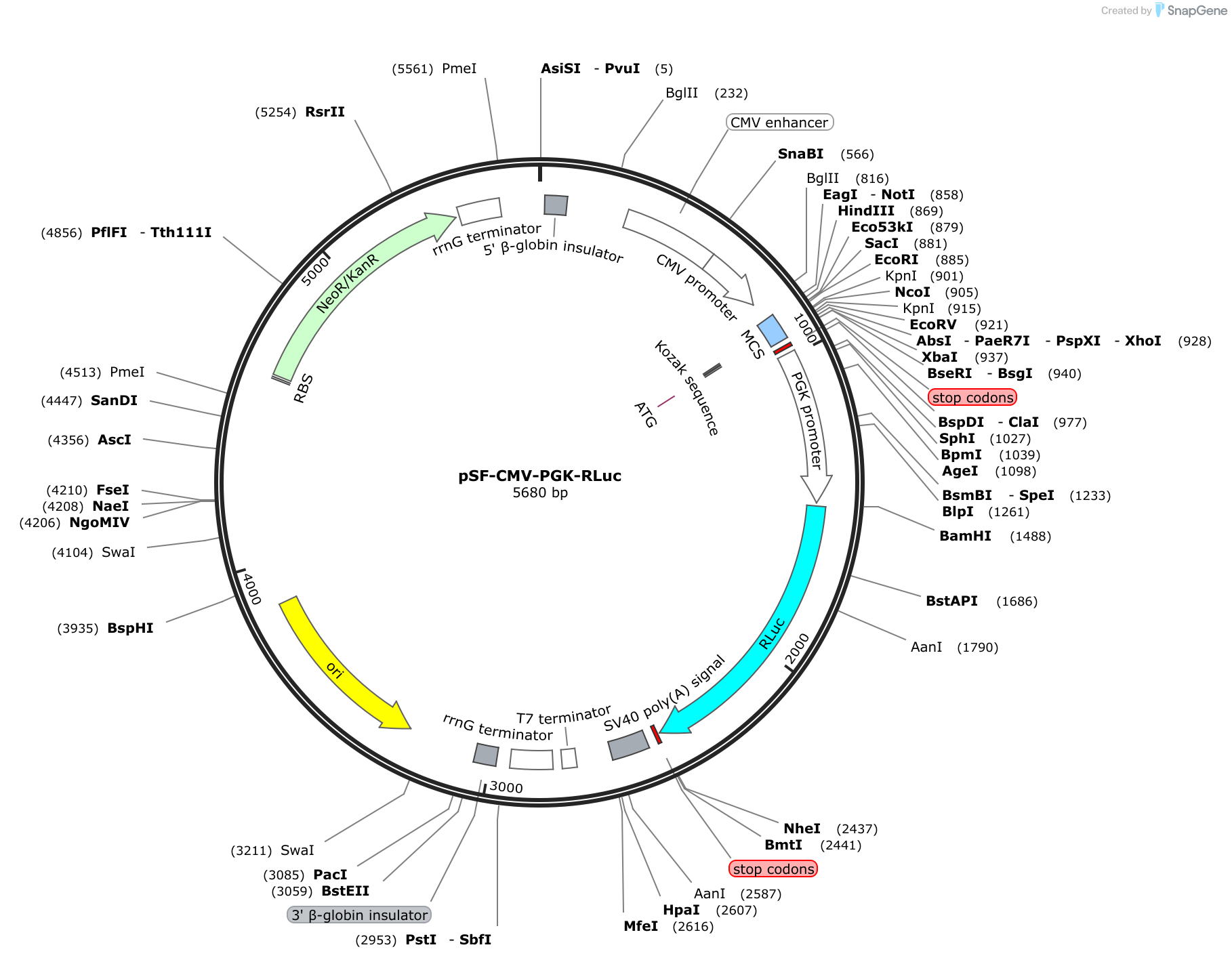

In contrast, when multiple viral genomes infected a host cell, psoralen-induced DNA cross-links were repaired that is, MR occurred. Under conditions in which only a single virus particle entered each host cell, approximately one DNA cross-link was lethal to the virus and could not be repaired.

Hall studied MR when SV 40 virions were exposed to the DNA crosslinking agent 4, 5', 8-trimethylpsoralen. Yamamato and Shimojo observed MR when SV40 virions were irradiated with UV light and allowed to undergo multiple infection of host cells. MR is the process by which two or more virus genomes containing otherwise lethal damage interact within an infected cell to form a viable virus genome. SV40 is capable of multiplicity reactivation (MR). A putative late protein VP4 has been reported to act as a viroporin facilitiating release of viral particles and resulting in cytolysis however the presence and role of VP4 have been disputed. All of the proteins, besides the 5% of large T, return to the nucleus because assembly of the viral particle happens there. Late transcription gives both a longer 16s, which synthesizes the major viral capsid protein VP1 and the smaller 19s, which gives VP2 and VP3 through leaky scanning. Early transcription gives two spliced RNAs that are both 19s. Binding site I initiates DNA replication at the origin of replication.

Binding to site II takes place in each cell cycle. Binding of sites I and II autoregulates early RNA synthesis. Once in the nucleus the large T antigen binds three viral DNA sites, I, II and III. The large T antigen has two functions: 5% goes to the plasma cell membrane and 95% returns to the nucleus. The small and large T antigens result from this. This results in an mRNA that is spliced into two segments. Inside the cell nucleus, the cellular RNA polymerase II acts to promote early gene expression. Penetration into the cell is through a caveolin vesicle. The virion adheres to cell surface receptors of MHC class I by the virion glycoprotein VP1. SV40 consists of an unenveloped icosahedral virion with a closed circular double-stranded DNA genome of 5.2 kb. A mutated p53 gene may contribute to uncontrolled cellular proliferation, leading to a tumor. Tumor suppressor p53 is responsible for initiating regulated cell death (" apoptosis"), or cell cycle arrest when a cell is damaged. The mechanism may involve suppression of the transcriptional properties of tumor suppressor p53 in humans by the SV40 large T antigen and SV40 small T-antigen. SV40 may act as a co-carcinogen with crocidolite asbestos to cause mesothelioma. This 2004 announcement is in contrast to a 2002 study performed by The National Academy of Sciences Immunization Safety Review committee that stated, "The committee concludes that the biological evidence is moderate that SV40 exposure could lead to cancer in humans under natural conditions".

This announcement was based on two studies. The US National Cancer Institute announced in 2004 that although SV40 does cause cancer in some animal models, "substantial epidemiological evidence has accumulated to indicate that SV40 likely does not cause cancer in humans". As a result of these uncertainties, academic opinion remains divided, with some arguing that this hypothesis is not supported by the data and others arguing that some cancers may involve SV40. It is currently unclear whether SV40 has any role in causing tumors. The hypothesis that SV40 might cause cancer in humans has been a particularly controversial area of research.


 0 kommentar(er)
0 kommentar(er)
